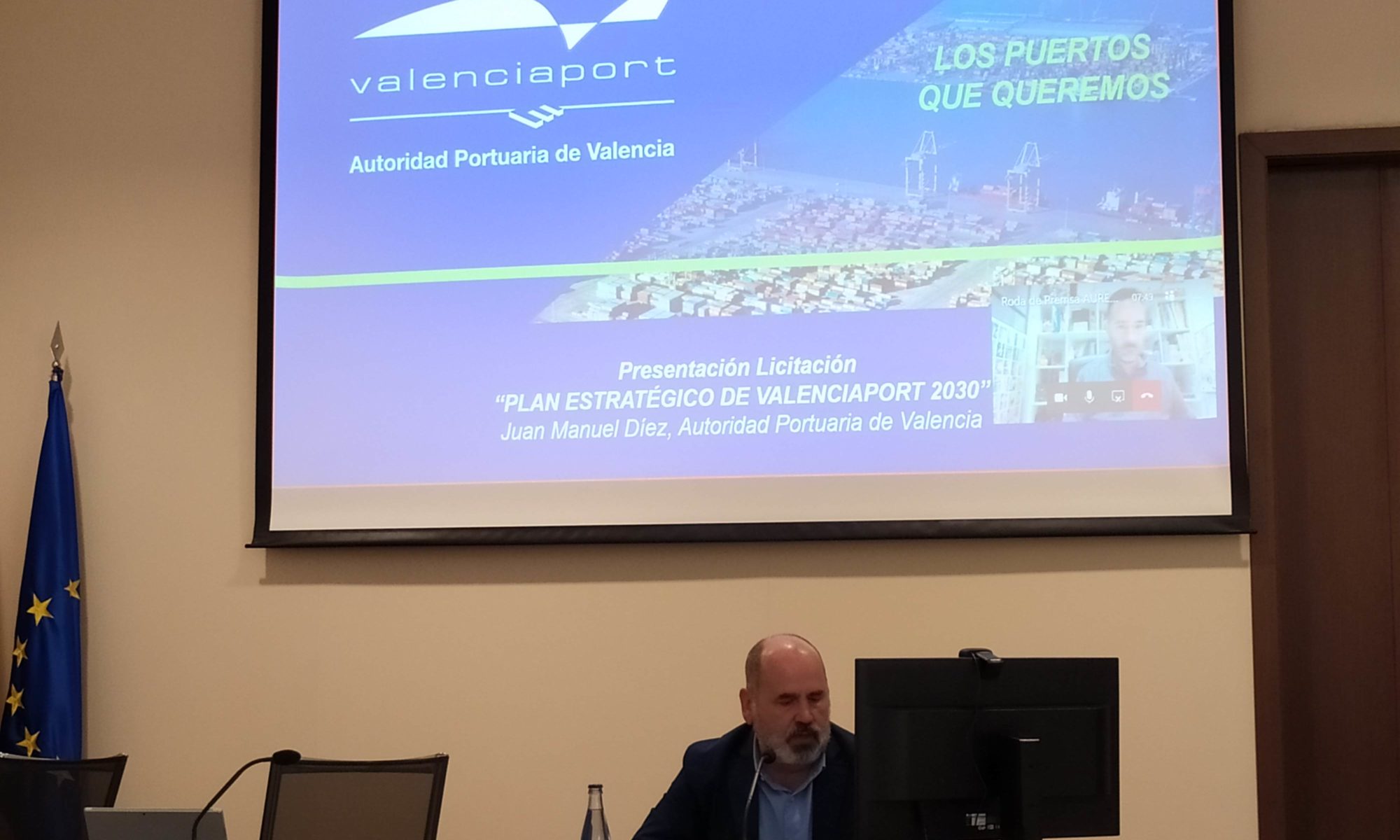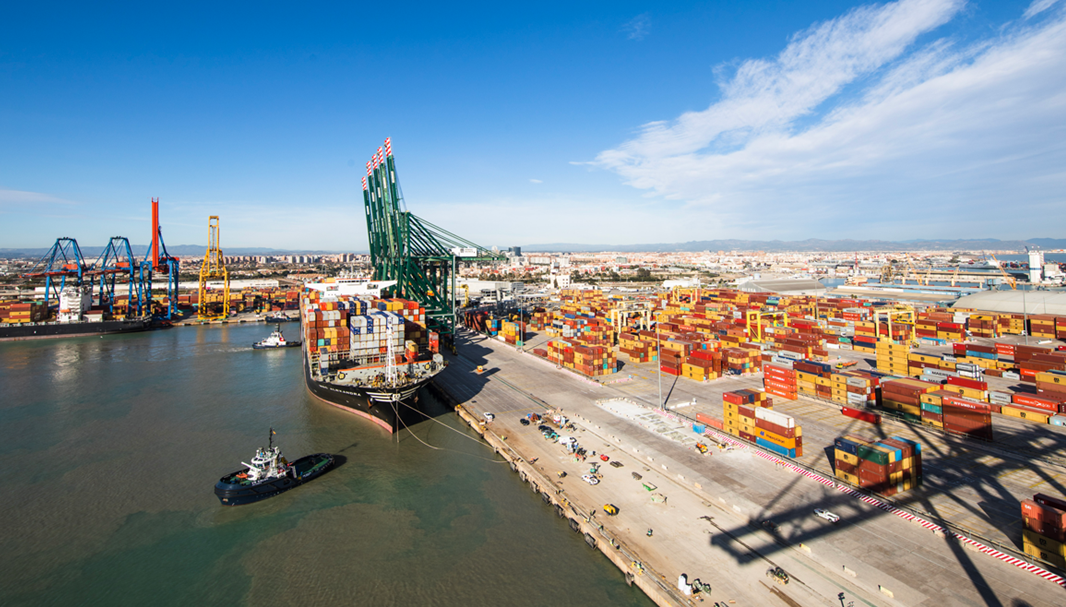The Port Authority of Valencia (PAV) will put out to tender this month the development of the new Strategic Plan for over US$500,000.
The new plan has five strategic axes for the 2030 horizon:
- New business opportunities and technological development
- Energy transition, decarbonisation and fight against climate change
- Digital transformation
- Innovation
- Port-City relationship
“This is a Plan to define the ports we want, a joint strategic proposal for Valenciaport but also responding to the singularities and roles of the ports of Valencia, Sagunto and Gandía”, explained Juan Manuel Díez, PAV head of strategic planning and innovation, in a press conference.
Valenciaport will tender in the next few days the development of the plan for €511,000 (US$584,000), with a maximum execution period of nine months and a start date for the work between October and November of this year.
The framework of the Strategic Plan will be aligned with the Sustainable Development Objectives of the United Nations and the Green Pact of the European Union. Furthermore, the new Plan is in line with the framework of the port system that is being designed by Puertos del Estado and in which Valenciaport is actively participating.
“An initiative that will be revisable in 2025 and that also has a long-term vision until 2050, where it takes into account the characteristics of Valenciaport as a commercial infrastructure at the service of the mobility of goods, as a logistical port at the service of industrial development, of the blue economy and of the supply and distribution needs of the economy, and as a citizen’s port, at the service of the mobility of people, access and enjoyment by citizens to the sea-port front and as an agent creating employment and social welfare,” added Juan Manuel Diez.

During his speech, Juan Manuel Díez argued that the plan will allow the major Spanish port to be one of the first ports to define its strategy in the post-Covid-19 era and will also contemplate action in health emergency situations.
The head of strategic planning and innovation has also indicated that it is a fundamental axis of this new plan to continue along the lines being developed by the authority of the port and that it will contemplate measures for “mobility, the management of shared spaces, the contribution to the blue economy or training and employability”.
“It is an open plan to receive the input of institutions, the port community and citizens to define the ports we want for the future, he said.
The Strategic Plan also considers the development of new business and logistic development opportunities such as the promotion of the railway, the modal integration and the integration with the Trans-European Transport Networks or the promotion of logistic areas.
Within the framework of energy transition, decarbonisation and the fight against climate change, the new Plan is aligned with the investments of the PAV in its 2030 objective, zero emissions, together with new ones that may be developed in this new project.
Another of the objectives of the new Strategic Plan is the firm commitment to the Digital Transformation to promote new digital business models and connectivity and to position the port as ValenciaSmartPort.
In addition, Valenciaport said in its announcement it will also focus on its lines of action for the next few years in its commitment as a technological hub and driving force to attract talent to the Valencian Community to promote the knowledge economy.







